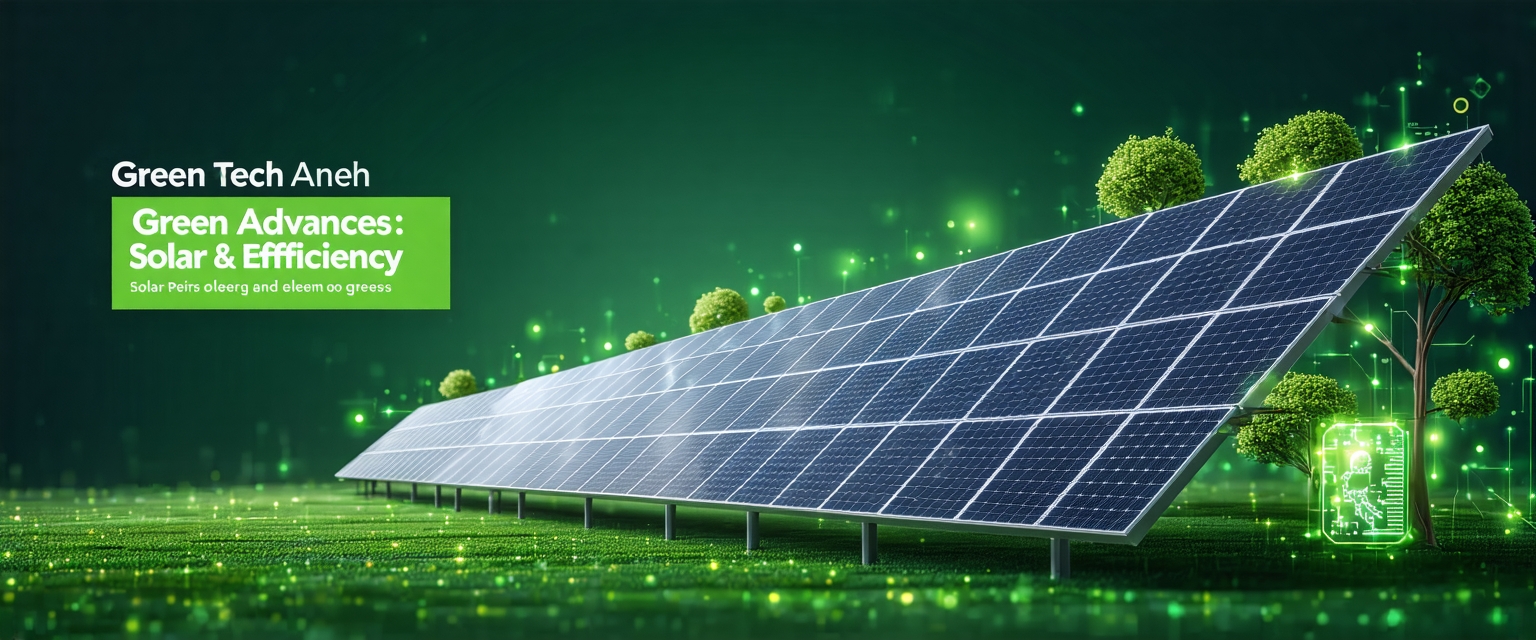






The green technology sector is rapidly evolving, with recent advancements significantly boosting the efficiency and sustainability of renewable energy sources and environmental monitoring. These developments promise a cleaner and more sustainable future.
For years, researchers have focused on improving the efficiency of solar panels and reducing their manufacturing costs. Simultaneously, the application of Artificial Intelligence (AI) in environmental monitoring and resource management has gained traction.
Traditional solar panel technology, while effective, faces limitations in terms of energy conversion rates and material costs. Similarly, monitoring environmental factors like deforestation and pollution relies heavily on manual data collection, which is time-consuming and prone to error.
Recent breakthroughs have led to the development of perovskite solar cells, which show promise in exceeding the efficiency of traditional silicon-based panels. These cells are cheaper to produce and can be more flexible in design. Furthermore, AI-powered drones and satellite imagery analysis are revolutionizing environmental monitoring, providing real-time data on deforestation rates, pollution levels, and other key environmental indicators.
Machine learning algorithms are also being used to optimize the energy output of existing solar farms by predicting weather patterns and adjusting panel angles accordingly. This dynamic optimization leads to significant increases in overall energy generation.
The combined impact of these advancements is substantial. The increased efficiency of solar energy generation will accelerate the transition to renewable energy sources, reducing our reliance on fossil fuels and lowering greenhouse gas emissions. Improved environmental monitoring capabilities allow for faster responses to environmental threats, enabling proactive conservation efforts.
This progress will contribute to a more sustainable and resilient future, with enhanced capabilities to tackle climate change and protect our planet.
Future research will focus on further improving the stability and scalability of perovskite solar cells. Continued development of AI algorithms and sensor technologies will enhance the precision and scope of environmental monitoring. Integrating these technologies into smart grids will be crucial for optimizing energy distribution and consumption.
“`